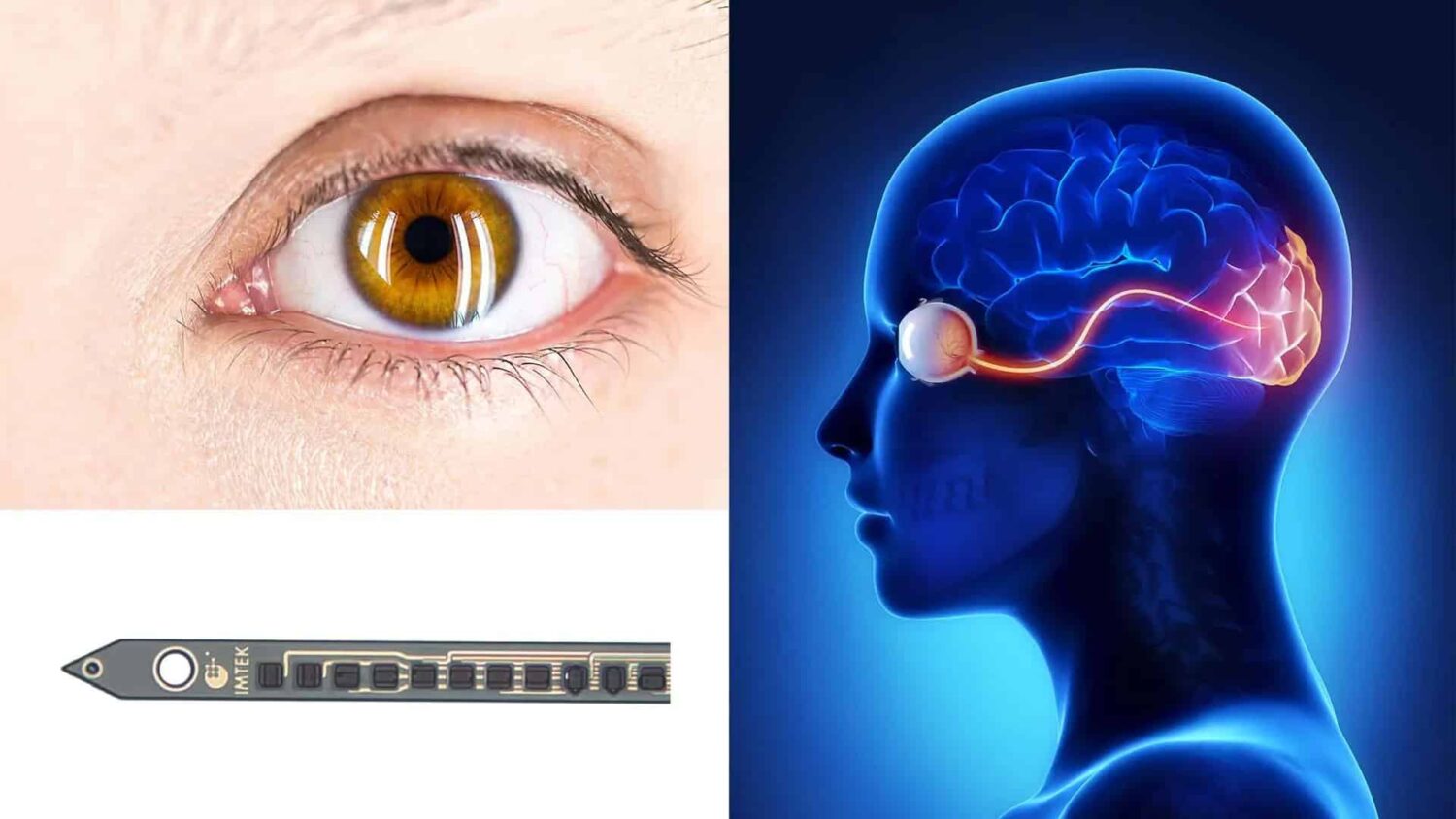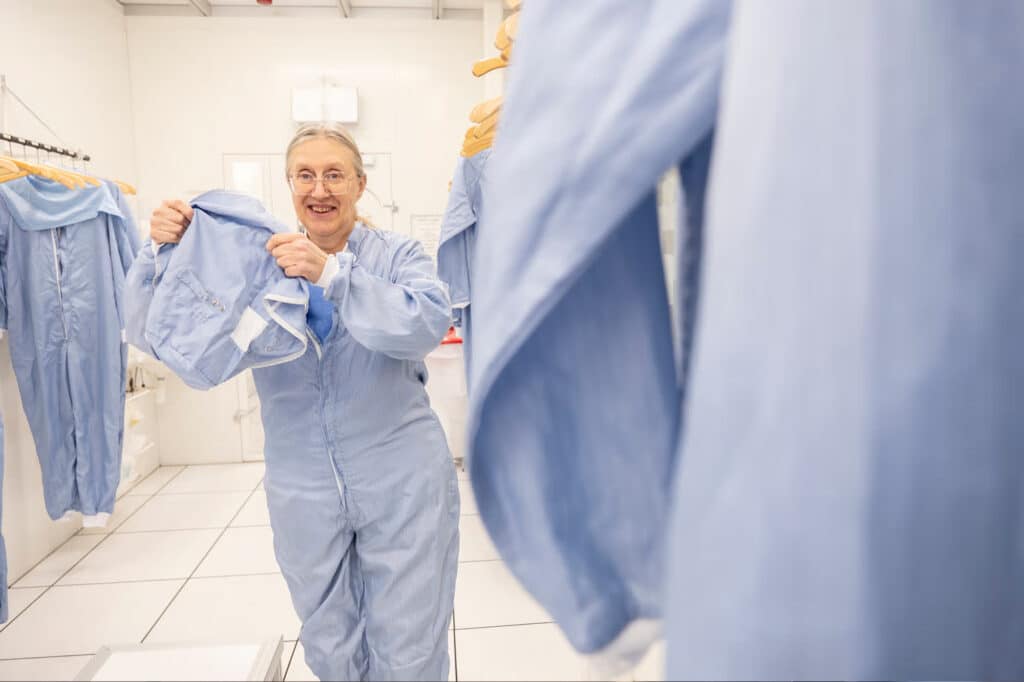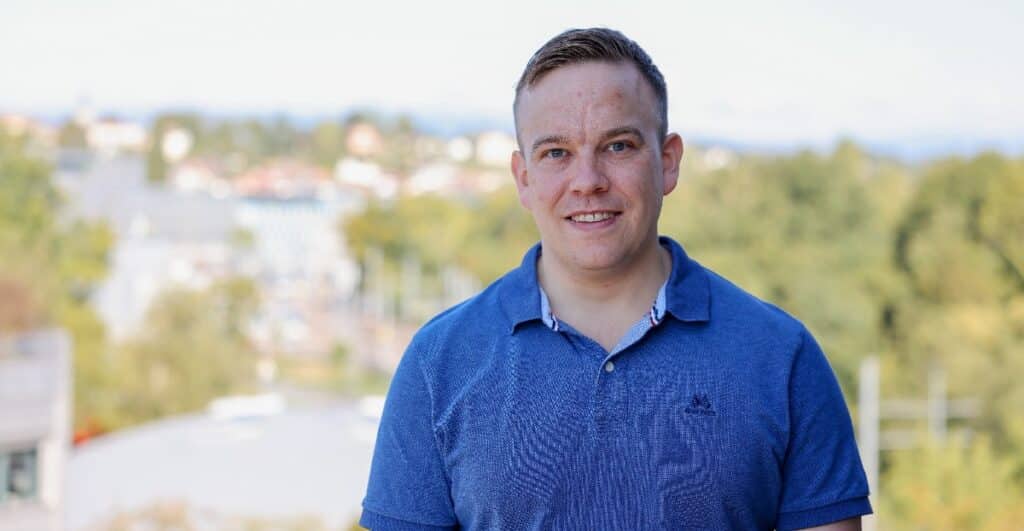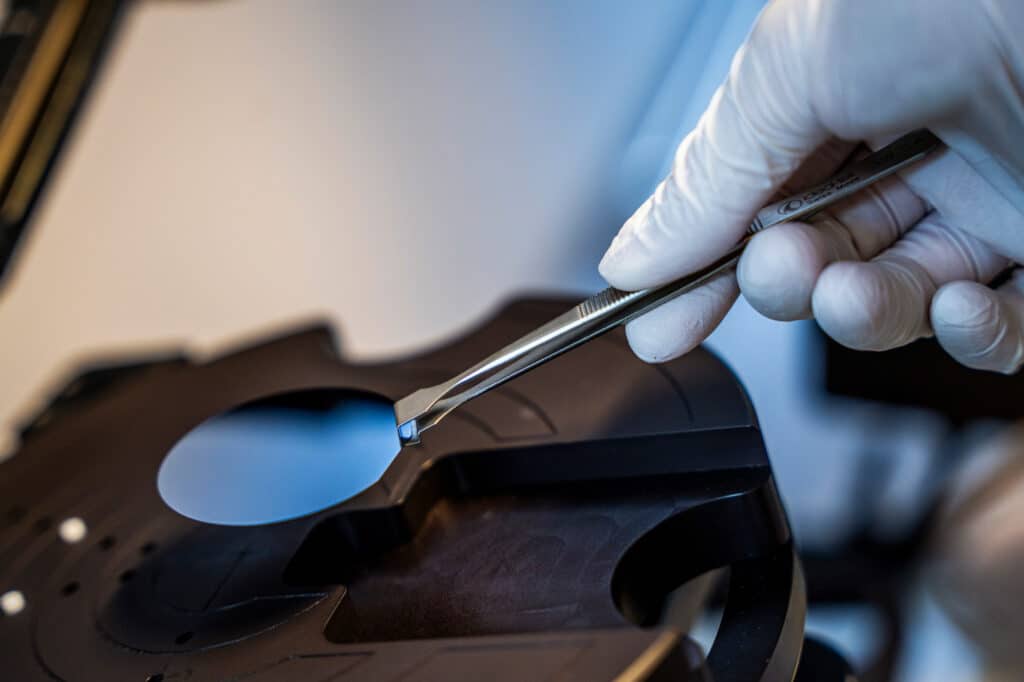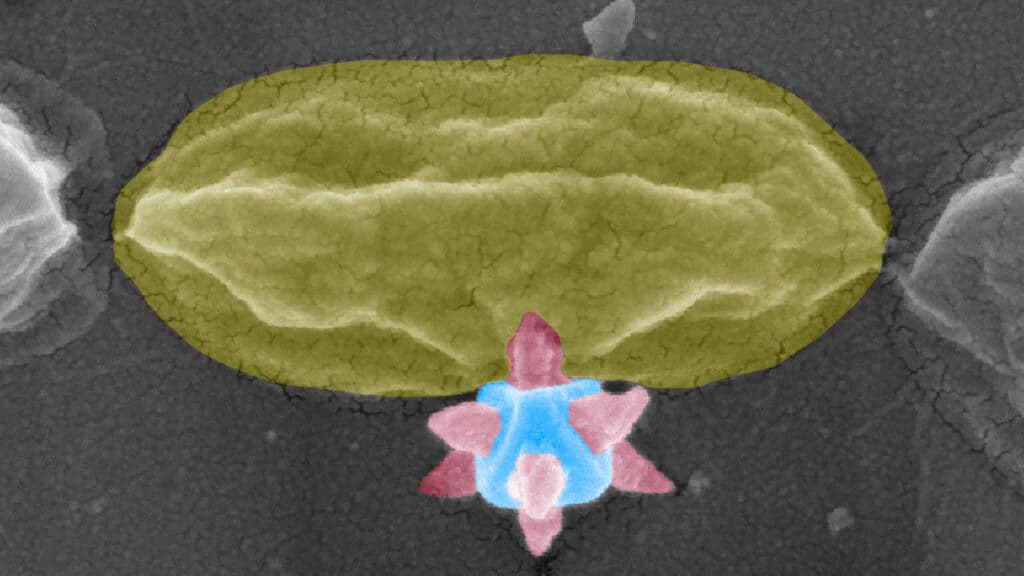A group of researchers from Chalmers University of Technology in Sweden, University of Freiburg and the Netherlands Institute for Neuroscience have created an exceptionally small implant, with electrodes the size of a single neuron that can also remain intact in the body over time – a unique combination that holds promise for future vision implants for the blind.
Often when a person is blind, some or part of the eye is damaged, but the visual cortex in the brain is still functioning and waiting for input. When considering brain stimulation for sight restoration, there needs to be thousands of electrodes going into an implant to build up enough information for an image. By sending electrical impulses via an implant to the visual cortex of the brain, an image can be created, and each electrode would represent one pixel.
“This image would not be the world as someone with full vision would be able to see it. The image created by electrical impulses would be like the matrix board on a highway, a dark space and some spots that would light up depending on the information you are given. The more electrodes that ‘feed’ into it, the better the image would be,” says Maria Asplund, who led the technology development part of the project and is Professor of Bioelectronics at Chalmers University of Technology in Sweden.
The vision implant created in this study can be described as a ‘thread’ with many electrodes placed in a row, one after the other. In the long term you would need several threads with thousands of electrodes connected to each one, and the results of this study are a key step towards such an implant.

